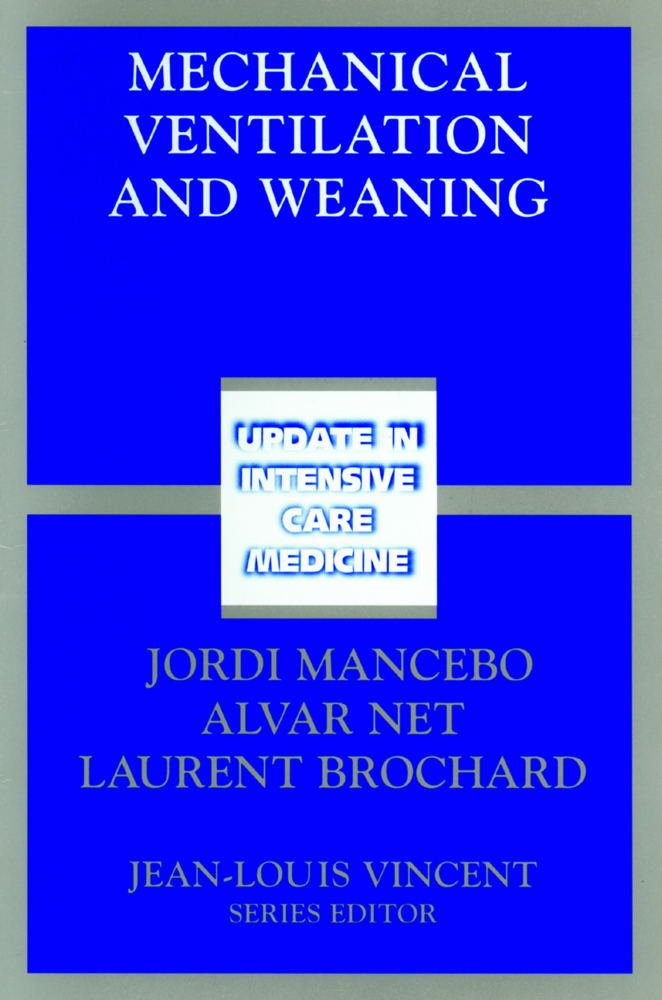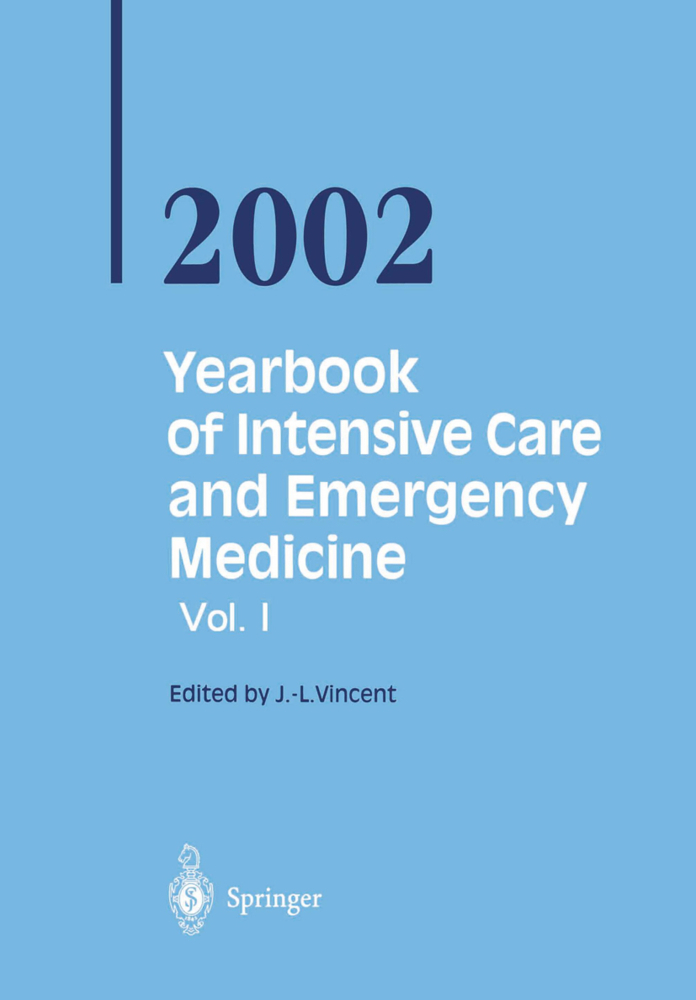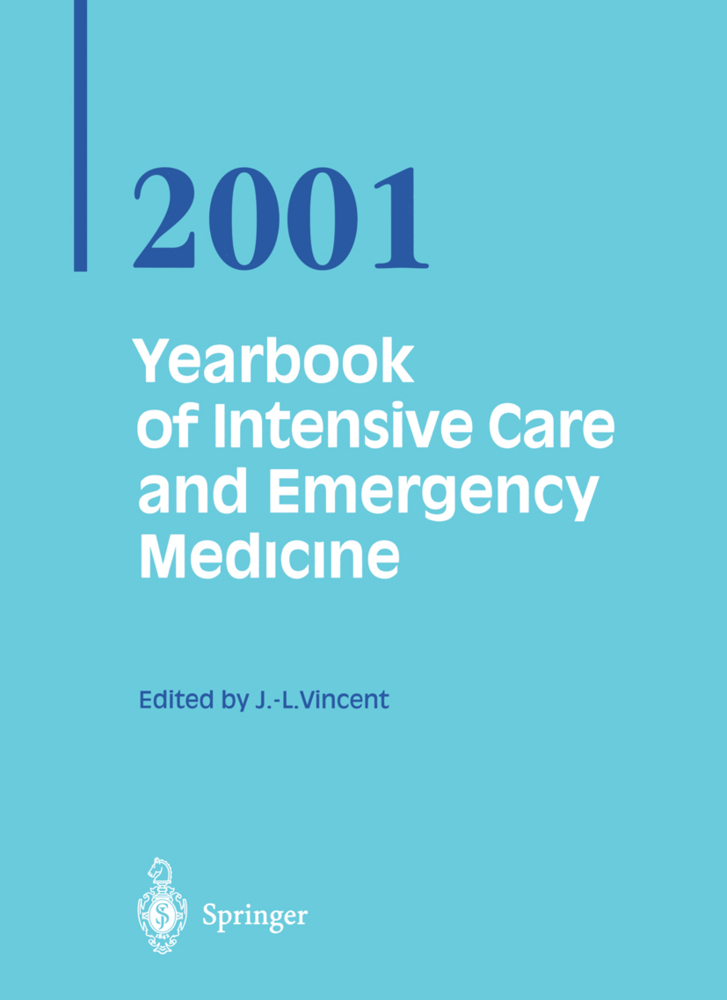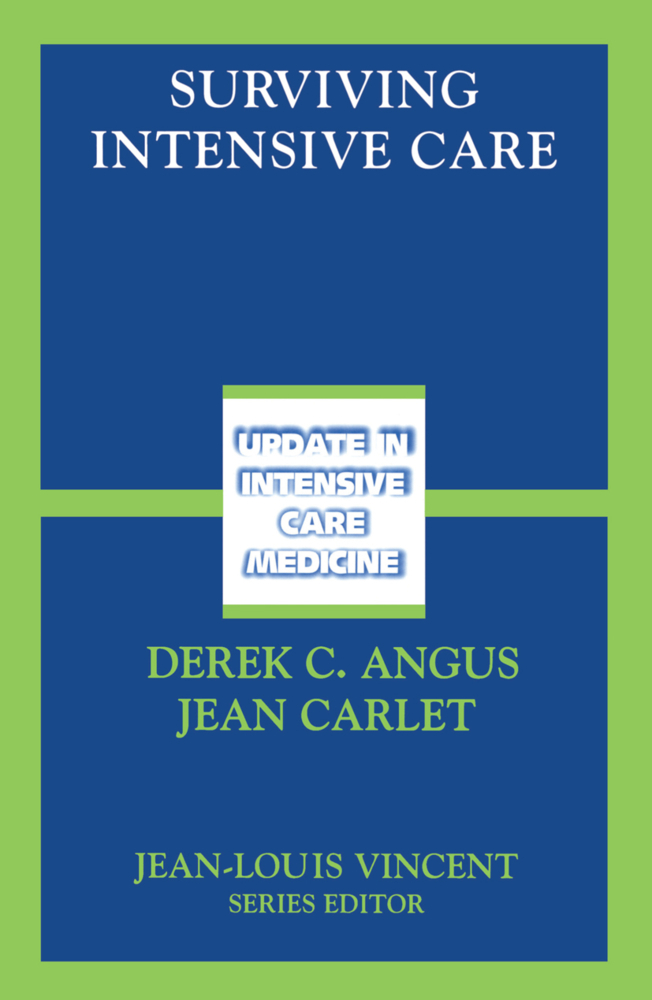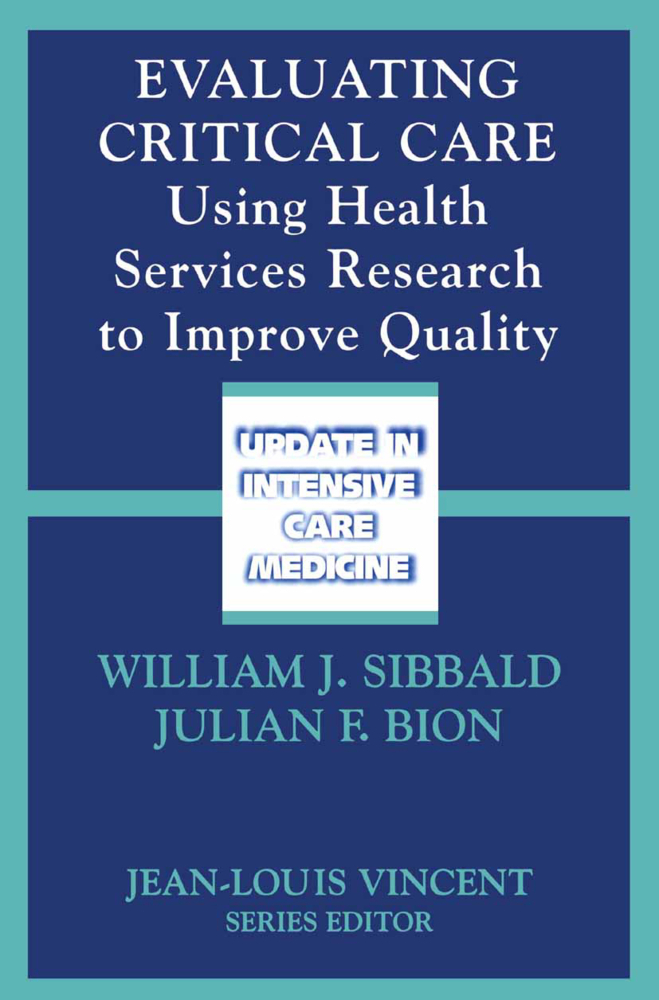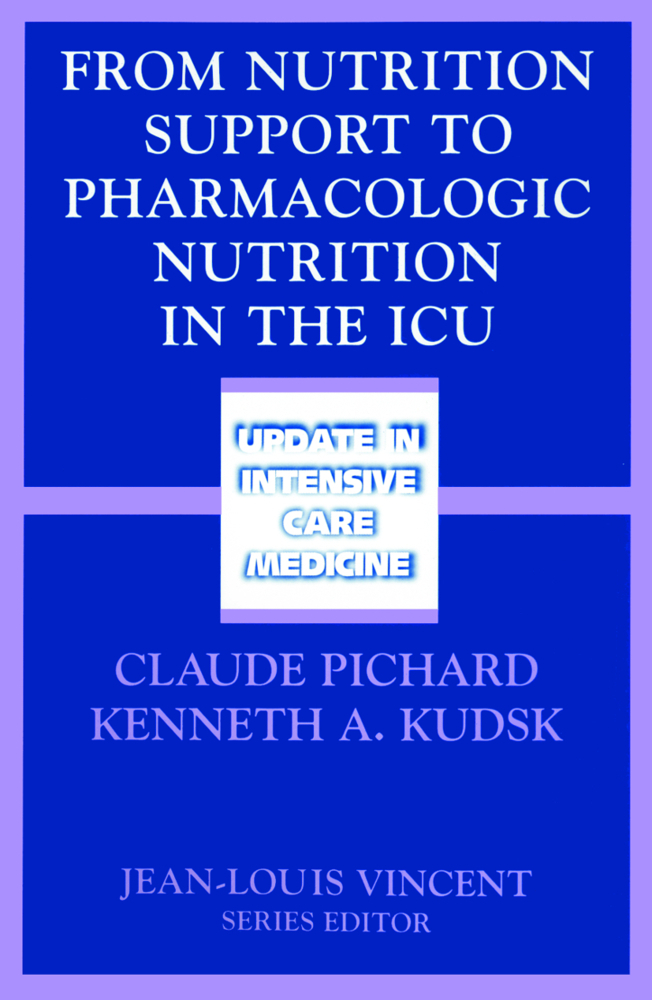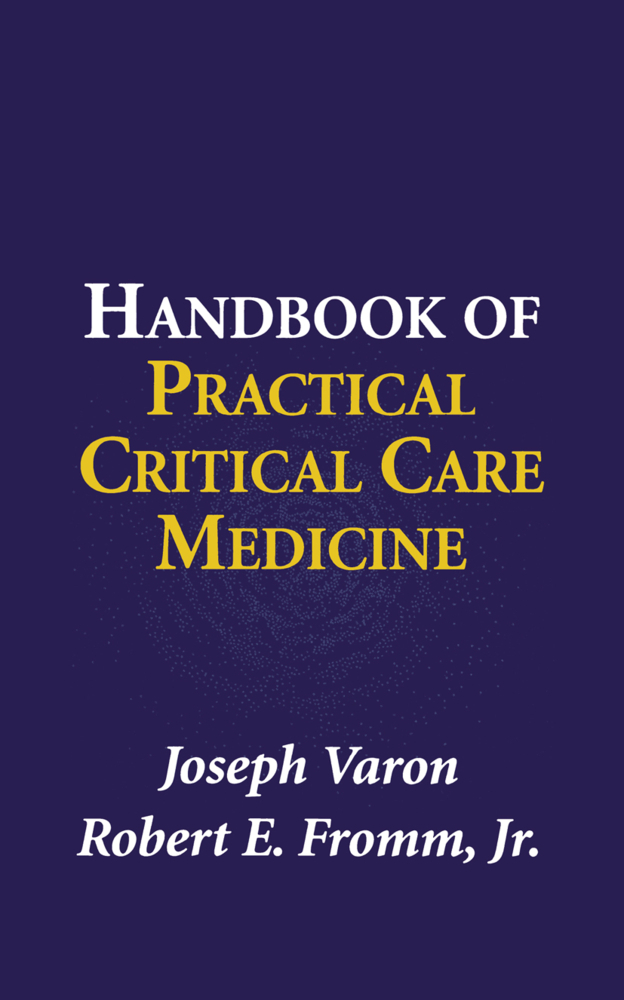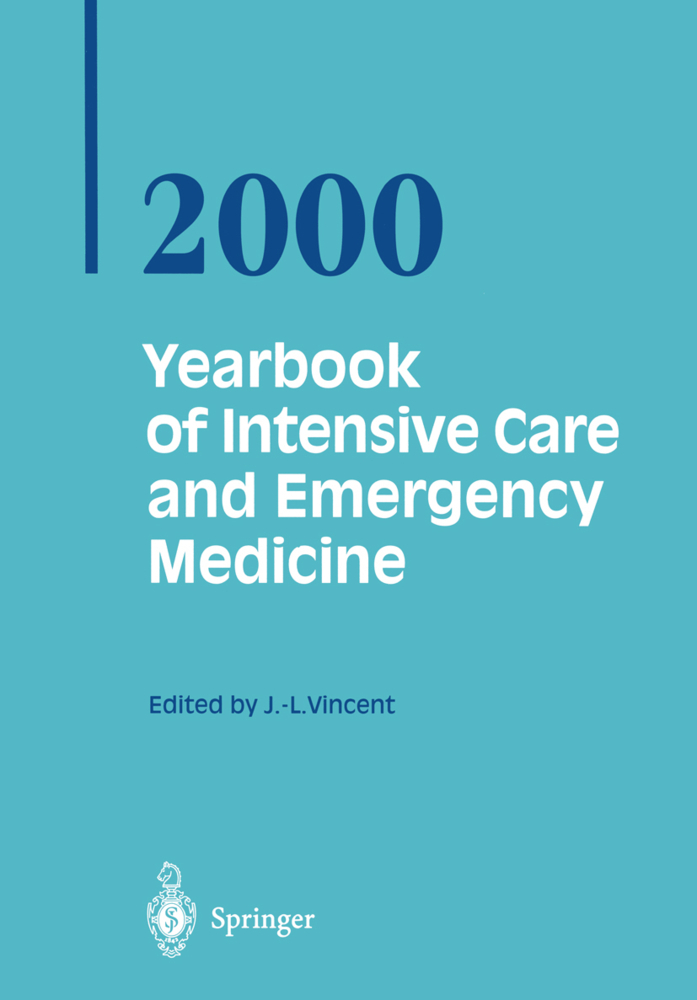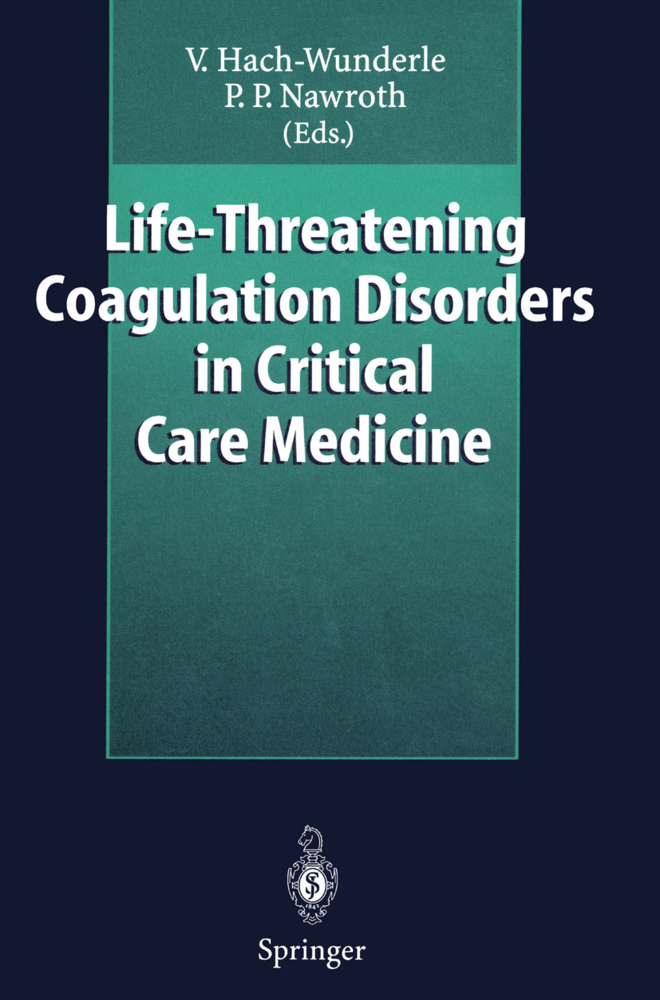Mechanical Ventilation and Weaning
Mechanical Ventilation and Weaning
Mechanical ventilation and weaning is one of the most common procedures carried out in critically ill patients. Appropriate management of these patients is of paramount importance to improve the outcome in terms of both morbidity and mortality. This book offers the physiological and clinical basis required to improve the care delivered to patients undergoing mechanical ventilation.
3 Proportional Assist Ventilation
4 Influence of Ventilator Performance on Assisted Modes of Ventilation
5 Application of Tracheal Gas Insufflation for Critical Care Patients
6 What a Clinician Should Do When a Patient "Fights the Ventilator"
7 Critical Illness Polyneuropathy and Critical Illness Myopathy
8 Factors Associated with Mortality in Mechanically Ventilated Patients
9 Pathophysiology of Weaning-Associated Respiratory Failure
10 Rapid Shallow Breathing: Causes and Consequences
11 Cardiopulmonary Interactions and Gas Exchange During Weaning from Mechanical Ventilation
12 Weaning-Induced Cardiac Failure
13 Physiopathological Determinants of Patient-Ventilator Interaction and Dyssynchrony During Weaning
14 Weaning Criteria: Physiologic Indices in Different Groups of Patients
15 How Should We Interpret Weaning-Predictive Indices?
16 Timing and Criteria for Beginning Weaning
17 The Importance of Clinical Algorithms to Facilitate Weaning and Extubation
18 Strategies for Implementation of Weaning Algorithms in the Clinical Arena
19 The Role of Muscle Training and Rehabilitation During Weaning
20 The Role of Noninvasive Mechanical Ventilation in Facilitating Weaning and Extubation
21 Expanding Horizons of Noninvasive Ventilation
22 Unplanned Extubation
23 Extubation Failure: Can It Be Prevented or Predicted?
24 Continuous Positive Airway Pressure in the Hypoxemic Patient
25 Closed-Loop Systems for Mechanical Ventilation
26 Tracheostomy in the ICU: Why, When and How?.
1 Mechanical Ventilation in Acute Respiratory Failure: What We Have Learnt and What We Still Need to Learn
2 Controlled Mechanical Ventilation3 Proportional Assist Ventilation
4 Influence of Ventilator Performance on Assisted Modes of Ventilation
5 Application of Tracheal Gas Insufflation for Critical Care Patients
6 What a Clinician Should Do When a Patient "Fights the Ventilator"
7 Critical Illness Polyneuropathy and Critical Illness Myopathy
8 Factors Associated with Mortality in Mechanically Ventilated Patients
9 Pathophysiology of Weaning-Associated Respiratory Failure
10 Rapid Shallow Breathing: Causes and Consequences
11 Cardiopulmonary Interactions and Gas Exchange During Weaning from Mechanical Ventilation
12 Weaning-Induced Cardiac Failure
13 Physiopathological Determinants of Patient-Ventilator Interaction and Dyssynchrony During Weaning
14 Weaning Criteria: Physiologic Indices in Different Groups of Patients
15 How Should We Interpret Weaning-Predictive Indices?
16 Timing and Criteria for Beginning Weaning
17 The Importance of Clinical Algorithms to Facilitate Weaning and Extubation
18 Strategies for Implementation of Weaning Algorithms in the Clinical Arena
19 The Role of Muscle Training and Rehabilitation During Weaning
20 The Role of Noninvasive Mechanical Ventilation in Facilitating Weaning and Extubation
21 Expanding Horizons of Noninvasive Ventilation
22 Unplanned Extubation
23 Extubation Failure: Can It Be Prevented or Predicted?
24 Continuous Positive Airway Pressure in the Hypoxemic Patient
25 Closed-Loop Systems for Mechanical Ventilation
26 Tracheostomy in the ICU: Why, When and How?.
Mancebo, J.
Net, A.
Brochard, L.
| ISBN | 9783540441816 |
|---|---|
| Artikelnummer | 9783540441816 |
| Medientyp | Buch |
| Copyrightjahr | 2002 |
| Verlag | Springer, Berlin |
| Umfang | 378 Seiten |
| Abbildungen | XIII, 378 p. |
| Sprache | Englisch |

